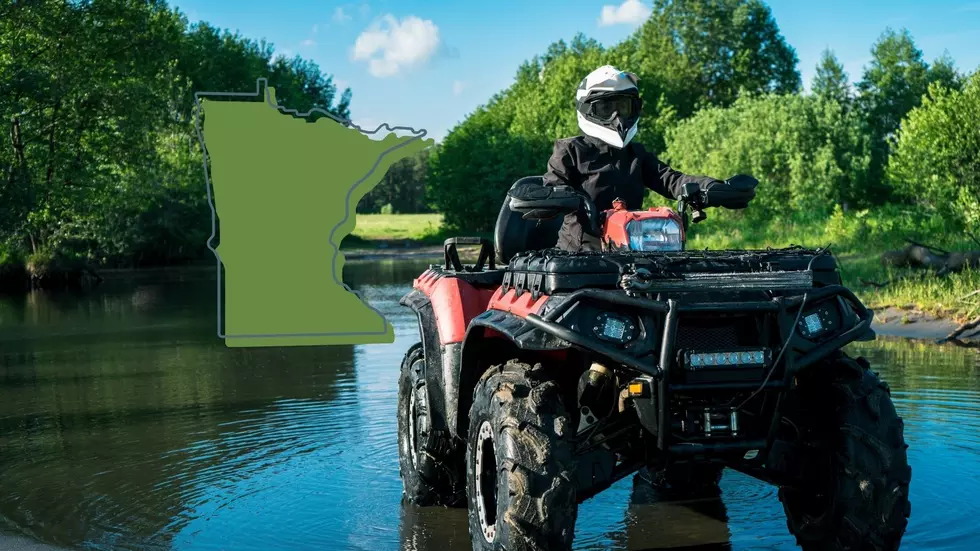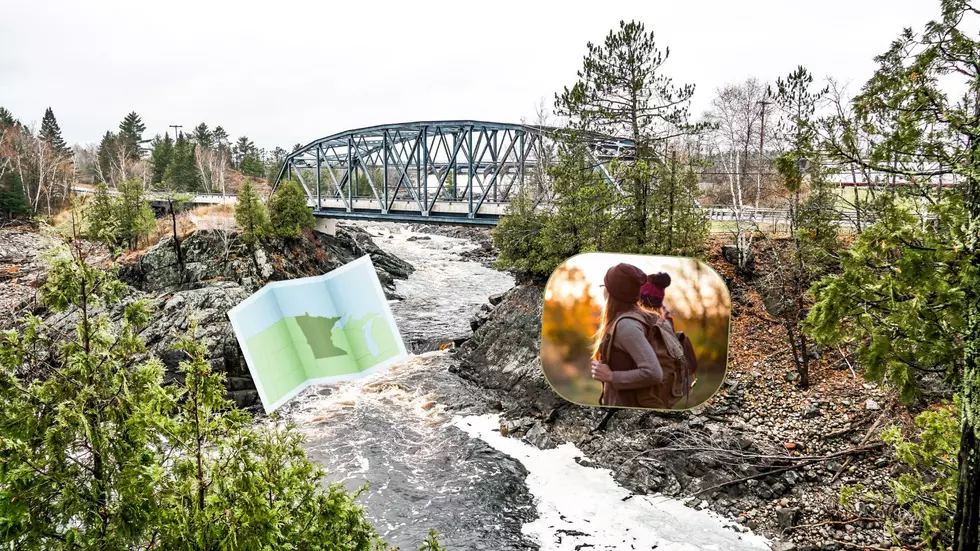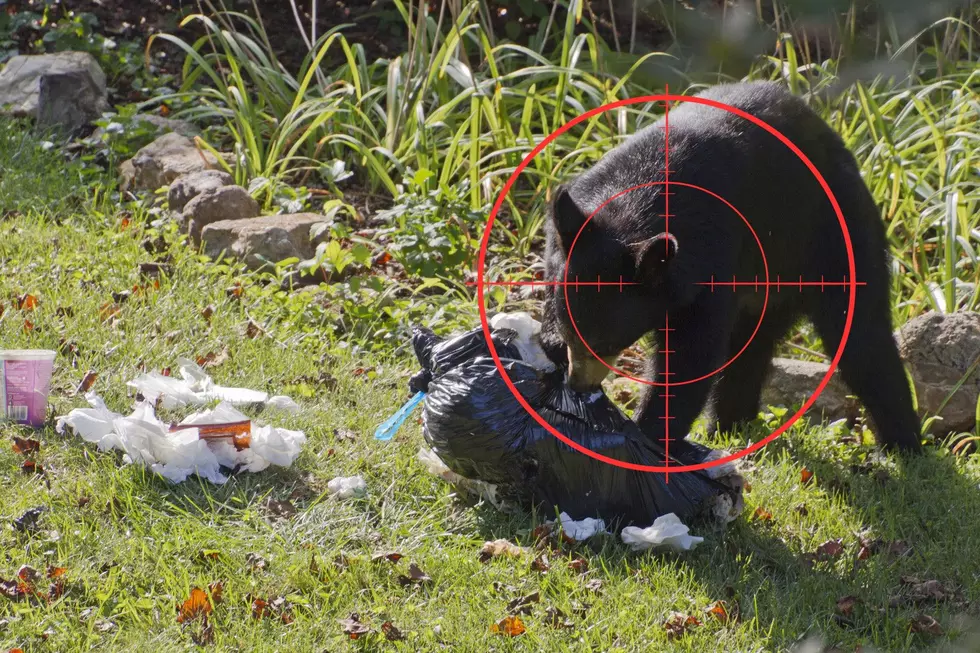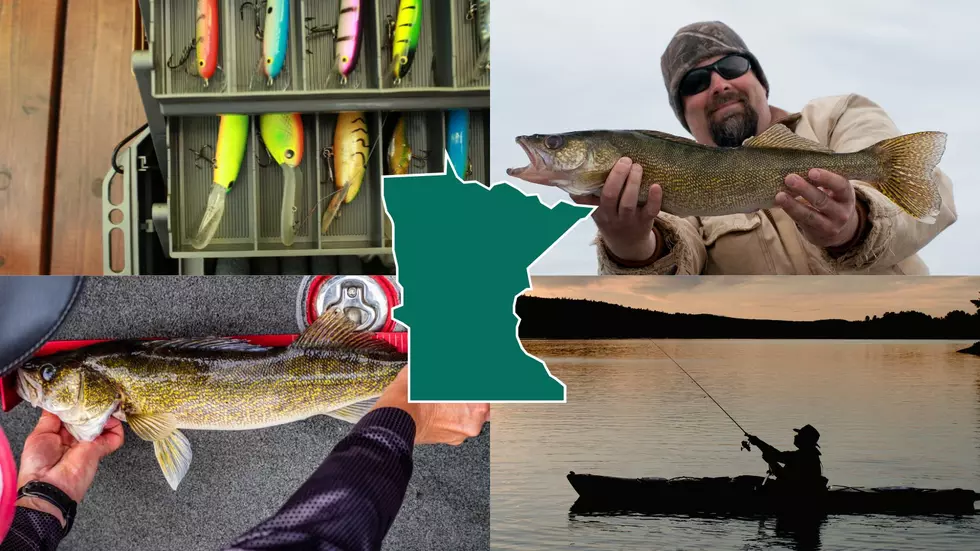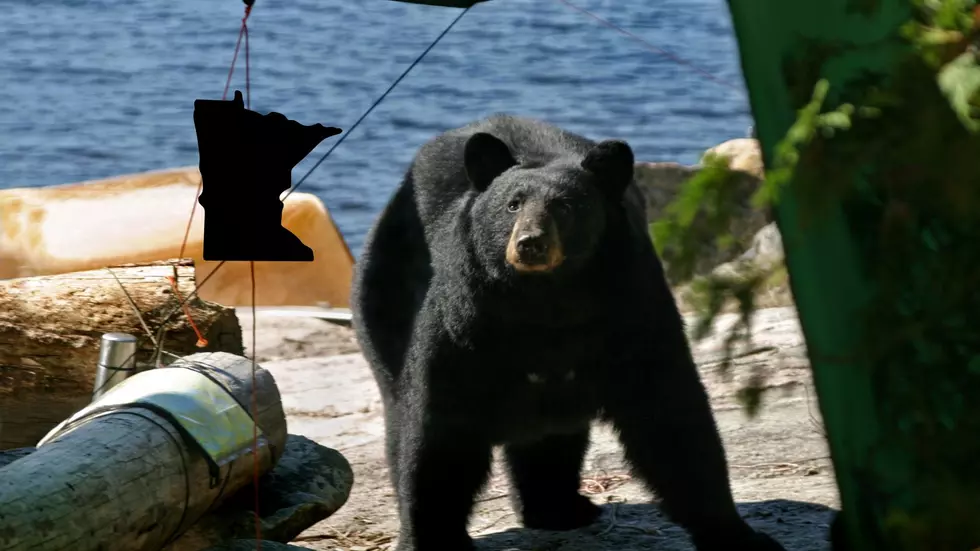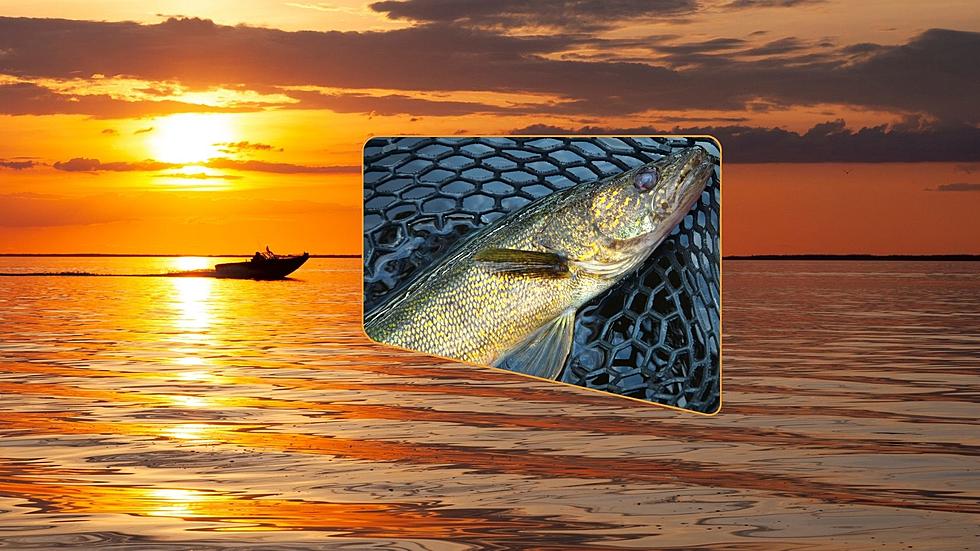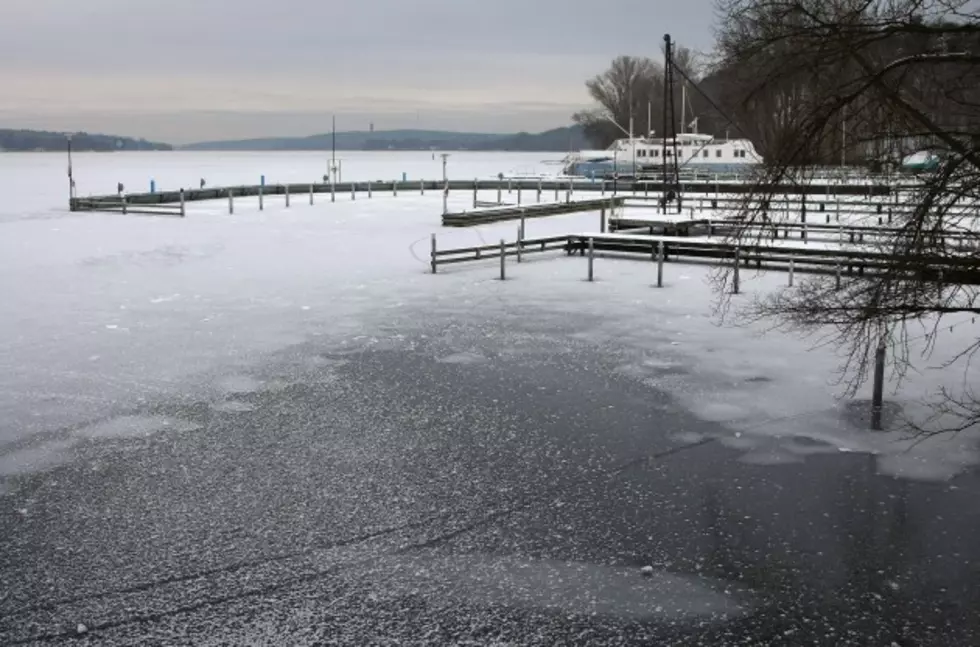
Be Careful Messing With Ice Ridges On Area Lakes
If you own a home or cabin near the water, you're probably noticing some cool looking ice formations, or ice ridges. While they can look amazing, you probably already know that they can damage your property and shoreline.
You want to try to remove them, but the Minnesota DNR says the ideal thing to do is leave them where they are. These ridges create a natural barrier that collects nutrients on the landward side of the ridge. These nutrients create fertile soil where plants and trees can thrive and their root systems can protect the shoreline from erosion.
That being said, if you feel grading or removing an ice ridge below the ordinary high water level is crucial, it can be done if the following Minnesota DNR conditions are met:
- The ice ridge resulted from ice action within the last year.
- Not more than 200 feet of shoreline is affected.
- All ice ridge material that is composed of muck, clay or organic sediment is deposited and stabilized at an upland site above the ordinary high water level (OHWL).
- All ice ridge material that is composed of sand or gravel is removed as provided above or graded to conform to the original cross-section and alignment of the lakebed, with a finished surface at or below the ordinary high water level (OHWL).
- No additional excavation or replacement fill material occurs on the site.
- All exposed areas are immediately stabilized as needed to prevent erosion and sedimentation.
- Removal or grading of an ice ridge must not disturb emergent aquatic vegetation, unless authorized by an aquatic plant management permit from the DNR’s Division of Fisheries.
- Local zoning officials, the Watershed District, if applicable, and the Soil and Water Conservation District are given at least seven days prior notice*.
If you have concerns or want to learn more, click here to access the DNR website.
More From B105

